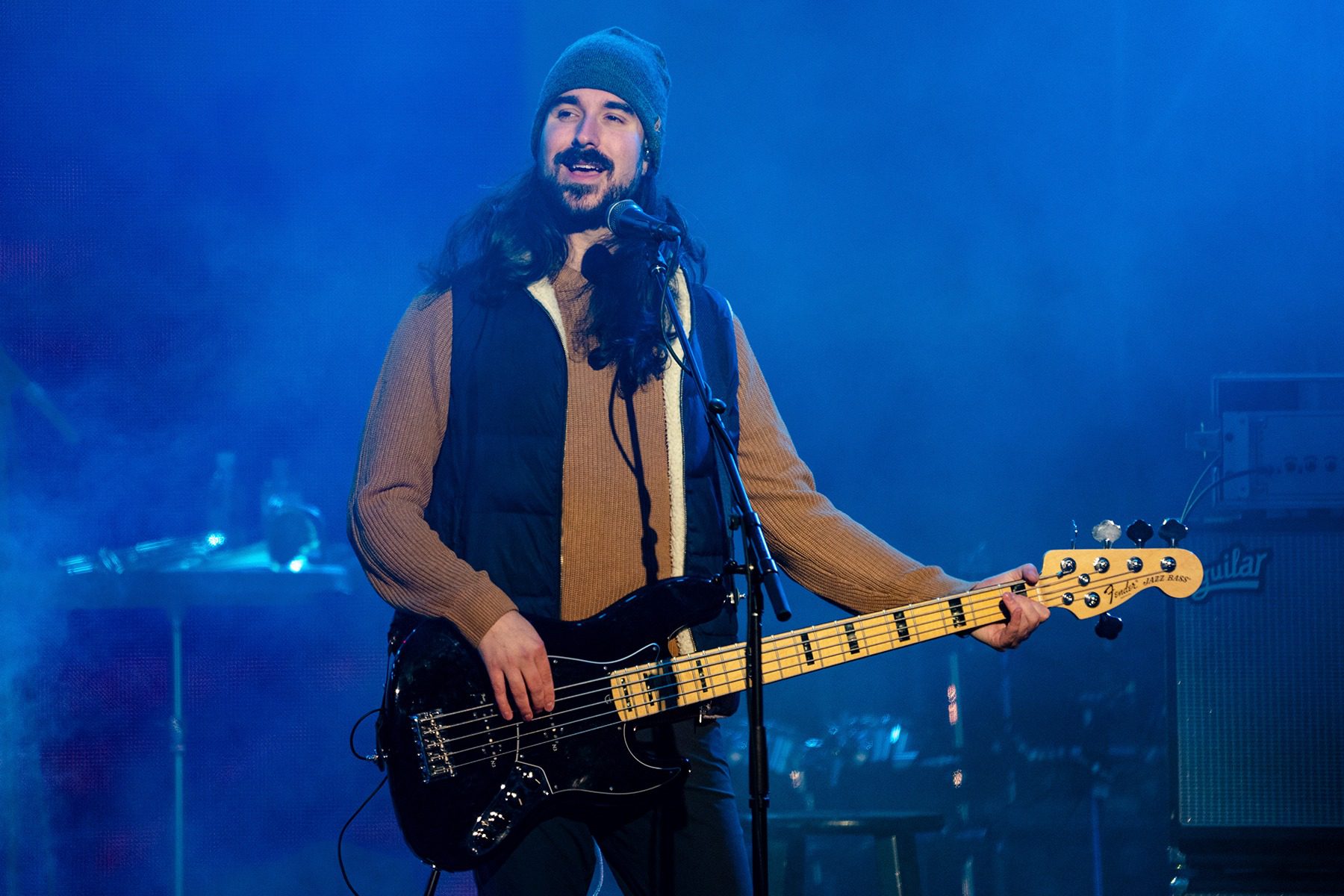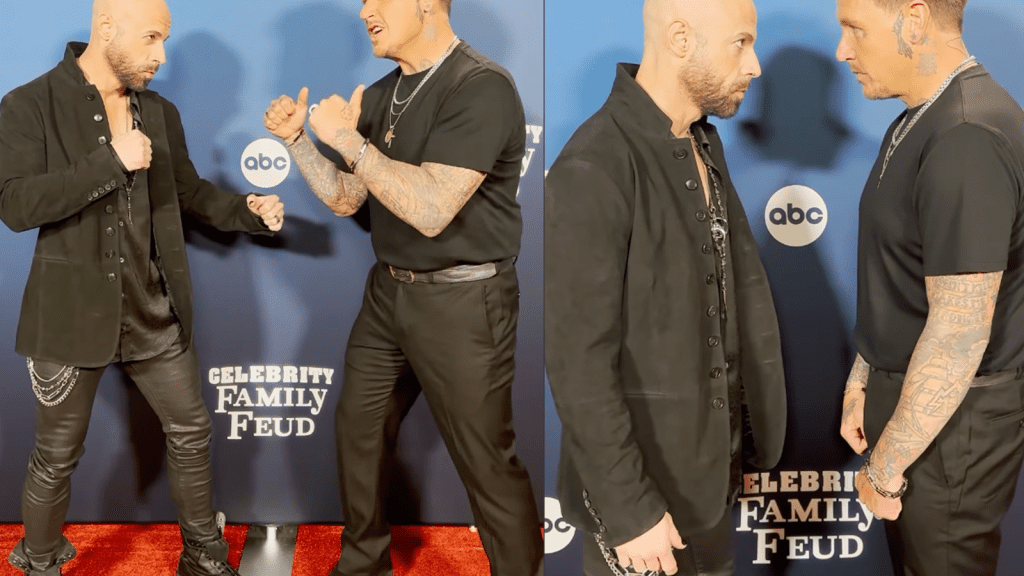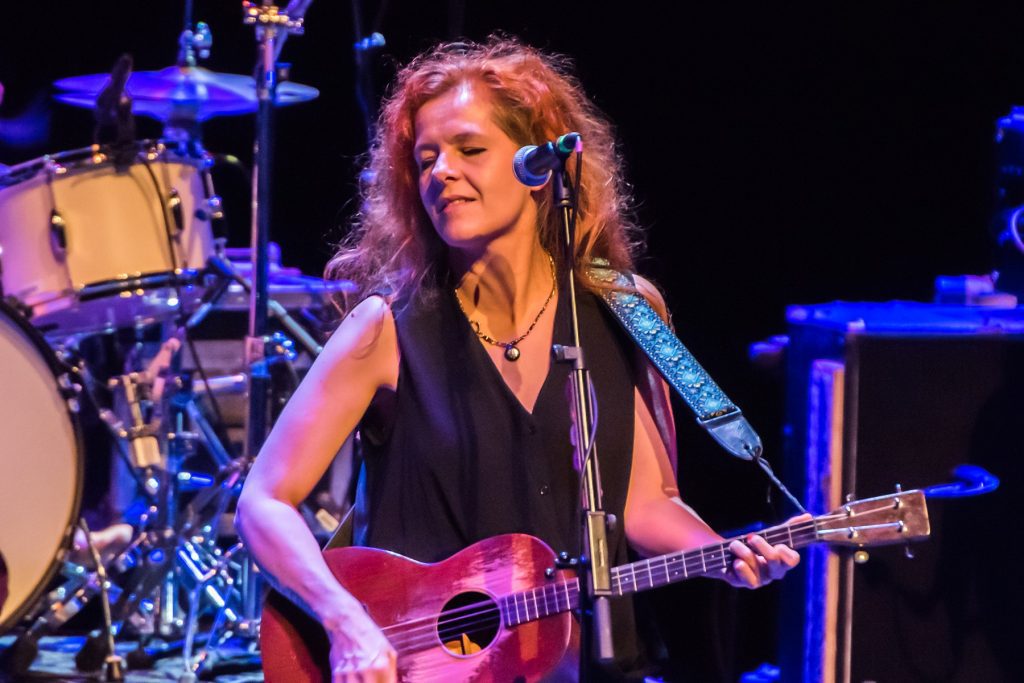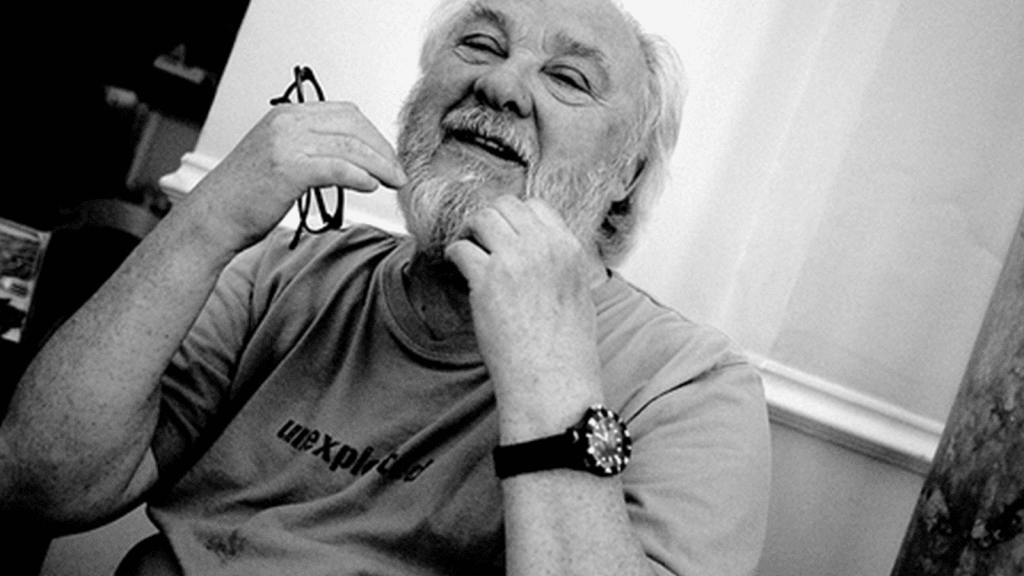
Protect the Planet: Stop Streaming Songs
Before you hit play on a new song, think about how many times you might listen to it. Believe it or not, this decision can have a small, but real impact on climate change — and the artist.
Surprisingly, the act of downloading that song uses the same amount of energy as streaming it. But once you’ve downloaded the song, the amount of greenhouse gasses emitted is far less for each additional play than if you continue to stream it from the cloud.
Greenhouse gas emissions from streaming music comes from two sources: the listener, and the so-called DSP (short for “Digital Service Provider”: Spotify, Apple, Amazon etc.).
On the listener’s device, streaming uses double the amount of battery life as playing a song that’s been downloaded. On the DSP side, streaming a song activates the servers where the songs live on the cloud. These servers require power, massive cooling systems, internet connectivity, buildings, and land. Spotify’s 2020 Sustainability Report explains that these carbon intensive activities produce over 70,000 tons per year of CO2 — carbon dioxide, the most prevalent greenhouse gas. The report notes that “the second largest source of emissions is the user phase,” meaning you, the listener, “making up 42 % of our emissions.” That’s another 70,000 tons or so of CO2.
blogherads.adq.push(function () {
blogherads
.defineSlot( ‘medrec’, ‘gpt-dsk-tab-article-inbody1-uid0’ )
.setTargeting( ‘pos’, [“mid-article”,”mid”,”in-article1″,”mid-article1″] )
.setSubAdUnitPath(“music//article//inbody1”)
.addSize([[300,250],[620,350],[2,2],[3,3],[2,4],[4,2],[640,250]])
;
});
However, the listener emissions come mostly from streamers, not downloaders. If all songs were downloaded instead of streamed, there would be an 80% reduction in CO2 emissions after the first listen. In other words, nearly all of the carbon intensive activities would be mitigated after the initial download (approximately 70,000 tons eliminated). Plus, listening to downloaded songs uses half of the battery life as streaming them (an additional 47,000 tons eliminated). The math here is not perfect as it can’t take into account server emissions associated with downloads as separate from streams, but the basic concept holds up.
Let’s look at an example: “Bang!” by my band AJR, has more than 265 million streams on Spotify. If all of the plays were streamed from the cloud, “Bang!” would have generated at least 3 ⅓ tons of greenhouse gas. This is the same as driving a car from New York to L.A. three times over. If all of the plays were downloads, “Bang!” would have generated less than ⅔ of a ton.
So it’s clear that downloading a song is better for reducing emissions. But if downloading is not an option (as in Spotify’s free tier), there are still ways to help. According to one set of researchers, if someone is going to listen to an album more than 27 times, it’s more environmentally responsible to buy a CD. This, assuming that people still have CD players and don’t have to drive to Radio Shack to buy one.
Sure, one stream is not going to make a meaningful environmental difference, but between Spotify, Apple, and Amazon, there are a gazillion subscribers so it does make a difference if we all do more downloading and less streaming. And while we’re at it, why don’t we all try to convince the DSP’s to switch to renewable energy to power the cloud?
Downloading also helps the artist. It sends a signal to Spotify’s algorithm that fans are passionate about the song. If enough people download a specific song, it could help the song show up on playlists like Today’s Top Hits. And those playlists are what really drive additional plays (and downloads) on the service.
So, this Earth Day, pre save and download our new song (coming soon) to help us and the planet. Yep, this whole piece was a long and ridiculously in depth way of marketing our new single. Elon Musk made electric cars sexy. I made you feel bad about not downloading our new song… whatever works!
blogherads.adq.push(function () {
blogherads
.defineSlot( ‘medrec’, ‘gpt-dsk-tab-article-inbody2-uid1’ )
.setTargeting( ‘pos’, [“mid-article2″,”mid”,”in-article2″,”mid-article”] )
.setSubAdUnitPath(“music//article//inbody2”)
.addSize([[300,250],[300,251],[620,350],[2,4],[4,2],[3,3],[2,2]])
.setLazyLoadMultiplier(2)
;
});
Adam Met is the bassist of the multi-Platinum band AJR, a Human Rights and Sustainable Development PhD, and Executive Director of Planet Reimagined.




